I strongly believe that one of the best ways of learning about a country is through its food. So what better way to become acquainted with Peru than by taking a market tour and learning to prepare two of its signature dishes, in Lima – Peru’s capital city and one which is now globally recognised for its culinary scene. If you’re wondering what you can expect from a Lima food tour, read on!
We were collected at 10am Peruvian time (which is actually nearer to 11am) from our hostel, and driven to a market in San Isidro, where our guide firstly introduced us to one of the local fishmongers.
Laid out on his counter were a selection of fish and seafood that we soon learned provide the base for Peru’s national dish, Ceviche. Ceviche is typically made from fresh raw fish cured in citrus juices, such as lemon or lime, seasoned with ají or chilli peppers, along with chopped onions, salt and coriander, and served with boiled corn and sweet potato.
Where some people may pull a face at the idea of eating raw fish, I absolutely love Sushi and Sashimi, so I was very much looking forward to sampling Peru’s version of the Japanese staples on this Lima food tour.
Next we moved on to the vegetable section, where we were introduced to a tiny old hunched Peruvian lady, who shuffled around bagging up various products for customers whilst re-arranging the produce on her stand. Although she must see it day in day out, she seemed puzzled by – and not entirely happy with – the strange gringos taking photographs of her potatoes.
According to our guide, there are approximately 3000 varieties of potato in Peru. It’s a staple food that originates from the Andes, and is used in a huge variety of Peruvian dishes, including ocopa (potatoes with a spicy peanut sauce), papa a la huancaína (potato topped with a creamy cheese sauce), and causa (mashed potato terrines stuffed with seafood, vegetables, or chicken).
We were also introduced to two types of corn – the variety that’s used in Ceviche, with large pale yellow (almost cream in colour) kernels, and also a smaller variety with black kernels that I’d never laid eyes on before – along with a number of different chillies, and root vegetables. I would never have learned all these wonderful facts about Peruvian cuisine if I hadn’t booked myself on this Lima food tour!
The next part was my favourite. I am a huge lover of all things fruit, especially fruit consumed in the countries in which it’s grown. Due to the fact that it’s fresher, it tastes so much better. Yes we can buy mangos and papayas at home, and even dragon fruit and chirimoyas (commonly known as custard apples) at the right time of year, but they never seem to have much flavour.
If you think about the process they’ve gone through before arriving at our local supermarket in the U.K, it’s hardly any surprise. One of the things I missed most when I returned from South-east Asia, was the availability and price of some of the tastiest, freshest , normally hard to come by fruit around.
We had the opportunity to sample fresh mango, papaya, passion fruit (both maracuyá, and the larger variety granadilla), dragon fruit, camu camu, and chirimoya. The chirimoya was as big as my head.
Finally we met a lovely smiley moustached gentleman, who ran a stall selling everything from vegetables such as chillies, ginger, and garlic, to spices, herbs, and plants, and various different lotions and potions made from a combination of all these things. He took great delight in showing us several aphrodisiacs, with a twinkle in his eye.
We then had the opportunity to ask our guide any further questions, take any additional photographs of the produce on display, and have a wander around the remainder of the stalls. Also being a fan of everything con queso (with cheese), I was delighted to find a stall dedicated to various different varieties of the stuff, along with a selection of aceitunas (olives). My Lima food tour would not have been complete without cheese and olives!
There were also vendors selling a wide range of pot plants, tropical flowers, and colourful bouquets.
We then left the market, hopped back on the minibus, and were driven down to the pier in Miraflores. This wasn’t just any old pier though. This one was beautifully designed, with attractive wooden walkways, a nautical theme and colour scheme, and healthy green plants dotted around, all with co-ordinating nautical blue pots. Along the boardwalk were quaint little boutique shops, selling jewellery, crafts, and clothes, and constructed to fit in perfectly with the design of the pier.
Walking down towards the location of our cooking class on our Lima food tour, we passed these boutiques to our left, and to our right we watched the waves lapping up on to the rocks, and bright orange crabs creating bursts of colour upon them as they bathed in the heat of the midday sun.
As we entered the restaurant from where we would be taking our cooking class, that unfamiliar aura of luxury surrounded me. There were spotless heavy duty white cloths draped perfectly over the tables, knives and forks of varying sizes laid neatly at either side of the plates, and serviettes folded in such a way that suggested that the meal would not be of a price range anywhere close to that which I could afford. Well, not normally anyway. This Lima food tour had been a treat that we’d booked from home, with money not included within our travelling budget. Despite firmly considering myself a backpacker, we all need our little bit of luxury from time to time.
First up in our cooking class was Pisco Sour. Okay, so it’s not strictly a ‘dish’ but it is regarded as the national beverage, and is a wonderful accompaniment to the country’s national dish of Ceviche. It’s widely available throughout the country, and in Lima there are numerous ‘Pisco Bars’ dotted all over the city. A Pisco Sour cocktail is made using Pisco (grape brandy), egg whites, lime juice, and sugar, and although production dates back to the early days of the Spanish colony in Ica, when it was regarded as the local firewater, production has more recently become quite sophisticated, and it doesn’t now give you the raging hangover it used to. Apparently. I guess that depends on how much you drink.
We began by watching a demonstration from the polite uniformed member of staff, who was wearing a crisp white shirt and the whole waistcoat and tie caboodle, together with his name badge – Andre. So, if you fancy having a shot at making the cocktail yourself, the recipe is as follows:
- 3 glasses of Pisco
- 1 glass of sugar syrup
- 1 glass of lime juice
- 1 glass of egg white
Use a blender to mix all these ingredients together and then serve over ice.
The initial taste highlights the strong alcohol content, but the after-taste is of lime, so I found it to be a really refreshing drink that I could imagine being a perfect accompaniment to Ceviche. I later confirmed this to be true.
Having given some of the other members of the group a chance to make the Pisco Sour (whilst I watched and took photographs), I then donned the latex gloves and prepared to get my hands messy making Ceviche.
It’s actually a really simple dish to construct, and as there’s no cooking involved, it’s great if you’re rushed for time – providing you can stomach the raw fish, obviously. The ingredients we used to prepare Ceviche are pictured below, and they are as follows:
- Raw fish of your choosing, cut into small chunks (although the best types to use are semi-firm white fleshed ocean fish such as sea bass, grouper, sole or flounder)
- Small red onion, quartered and thinly sliced
- Red habanero chilli, finely sliced. These are very hot so use sparingly!
- A few pinches of salt
- Lime juice
- 1 ear of corn, husked
- 1 small sweet potato, cooked until soft
- Chopped coriander (or cilantro as it’s often listed in recipes, as that’s coriander’s Spanish name)
- Celeriac, sliced into thin strips
- Seaweed for garnish
We mixed all of the above ingredients together (apart from the garnish) and then served on a lettuce leaf. This was to form the starter of the meal we were about to sit down and enjoy.
The meal itself, as well as giving us the opportunity to sample some of Lima’s finest (and beautifully presented) cuisine, also allowed us time to get to know the rest of the group, two of whom were American (and therefore English-speaking), and three of whom were Peruvian (and therefore Spanish-speaking).
However the great thing was that one of the Peruvian ladies was married to the American gentleman, and they both lived in the U.S. The Peruvian lady therefore also spoke fluent English, so she was not only able to act as our tour guide (as she was familiar with a lot of places in her home country, particularly in and around Lima), but also our translator.
After the meal, we were allowed some time to stroll along the pier taking photographs in the sunshine (yes, 2 out of our 3 days in Lima were sunny), before hopping back on the bus, and being delivered back to our hostel.
Useful Info
- We booked our Lima Market Tour, Cooking Class & Pisco Sour Lesson through Viator. For a cost of £70 (update, September 2019: now £125), it was about double our daily budget out here at the moment, but having said that, the meal itself (including a Pisco sour and a glass of wine) probably would have cost us almost that alone on the U.K, so I do believe it was a little luxury worth splashing out on.
- The restaurant at which we took our cooking class and where we enjoyed our meal afterwards was La Rosa Náutica, Espigon 4 Circuito de Playas, Miraflores. I’m not sure what sort of prices they charge for food, but I imagine much of what you pay for is the location. But what a location, hey?
If you like this article, please follow along on Facebook or Twitter


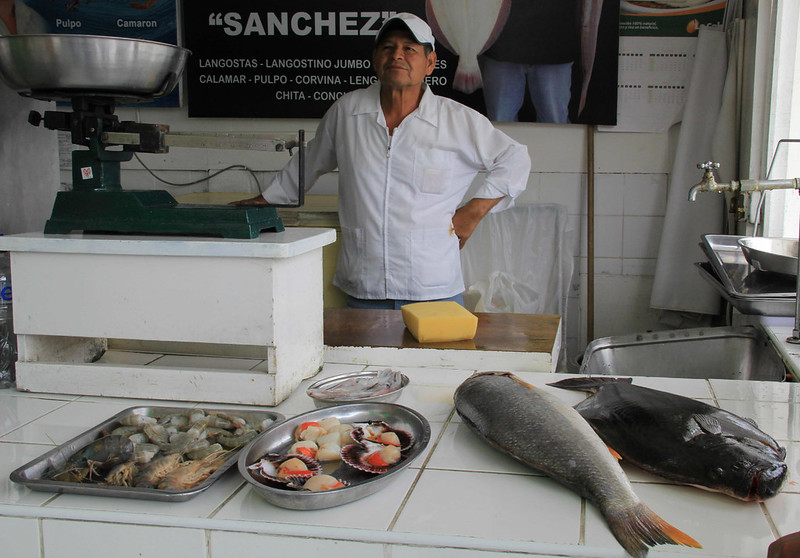
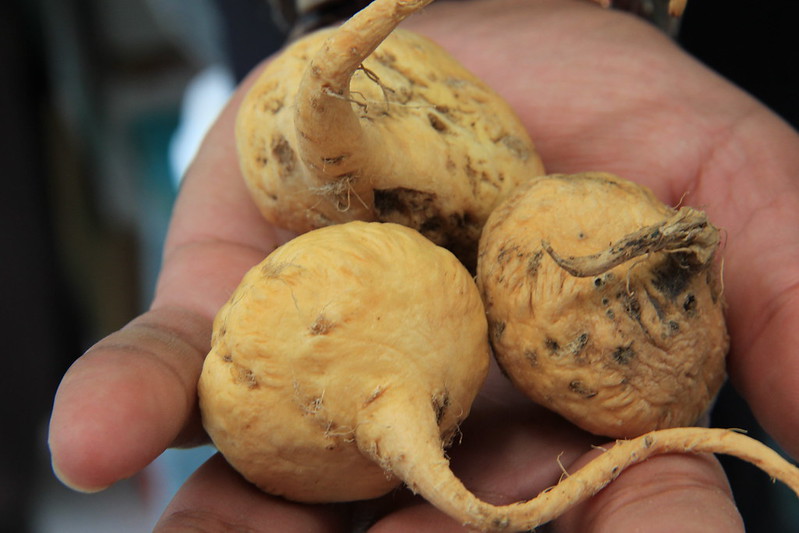
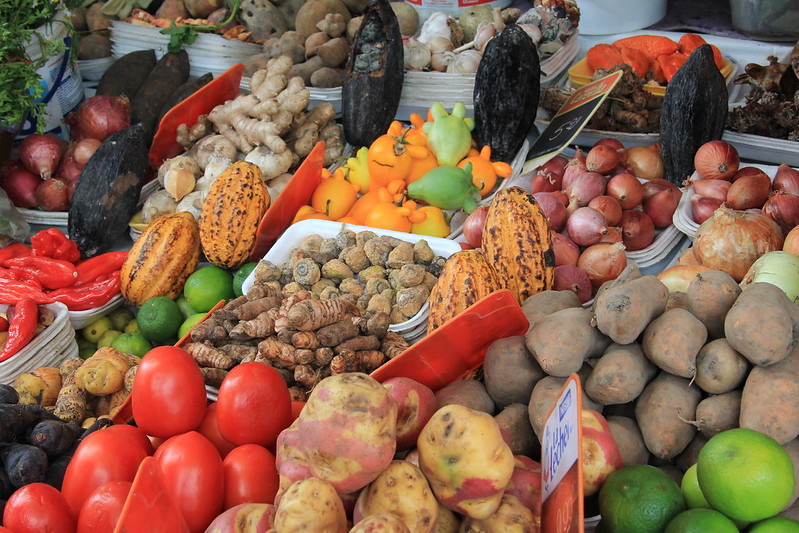
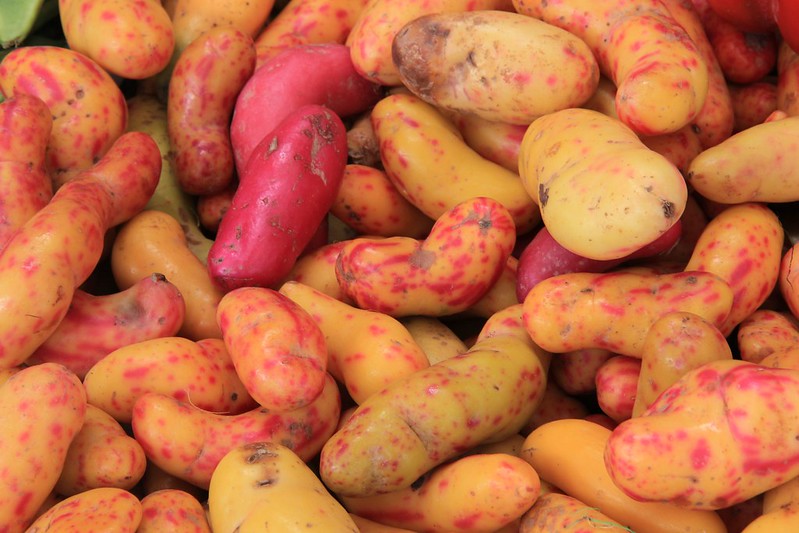
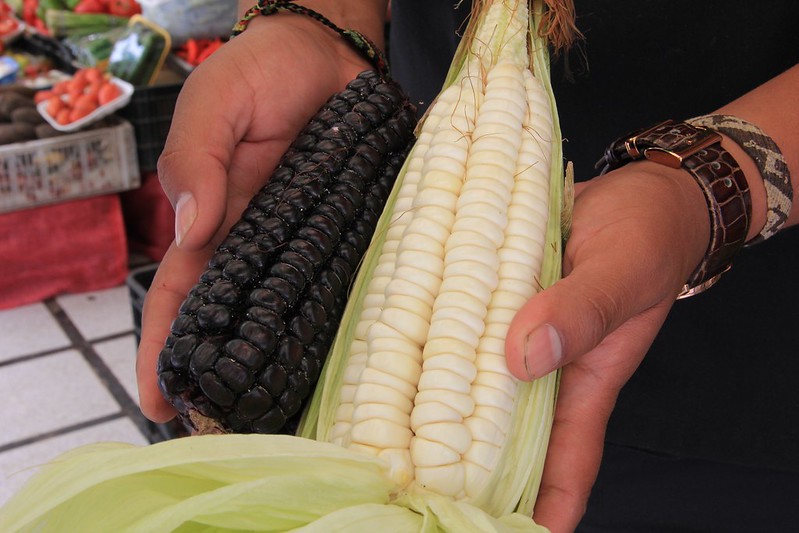
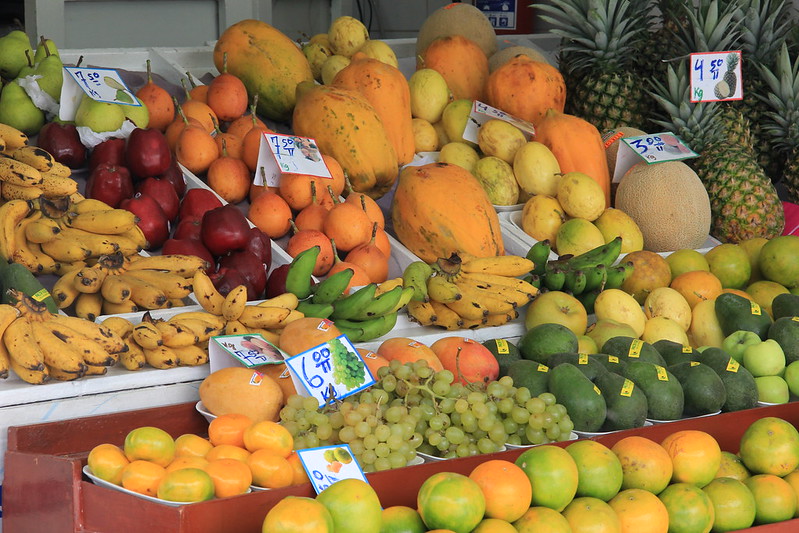


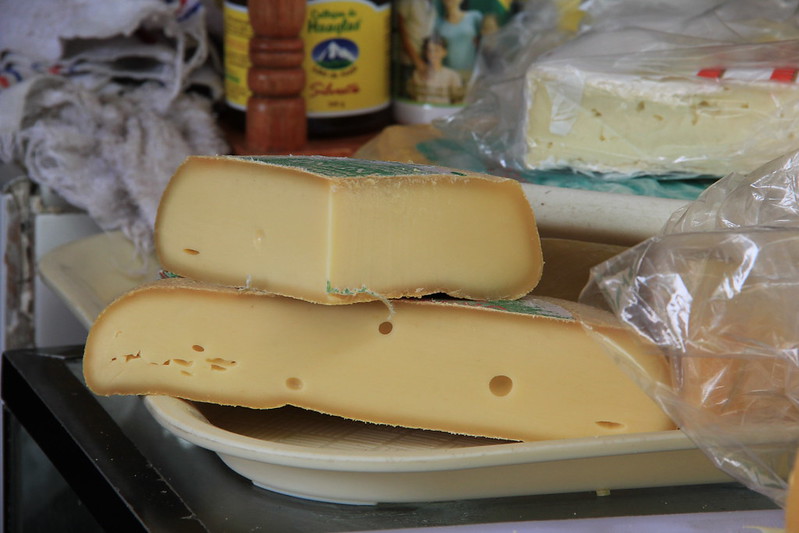
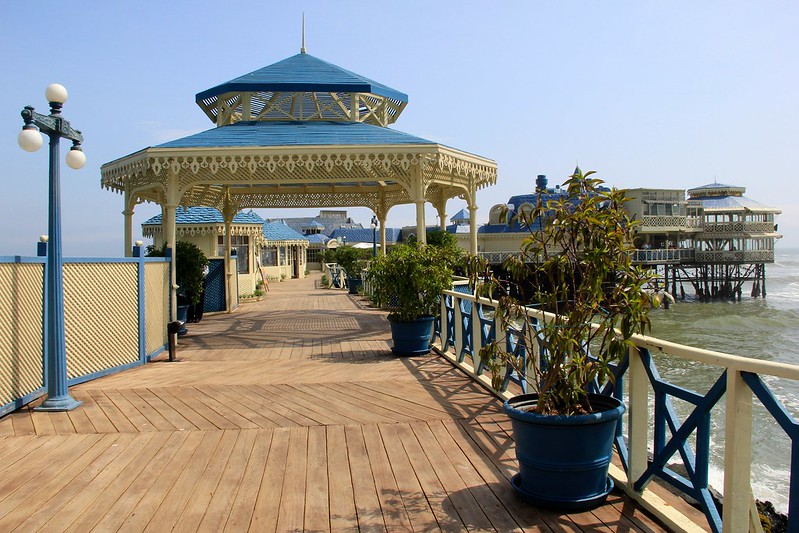


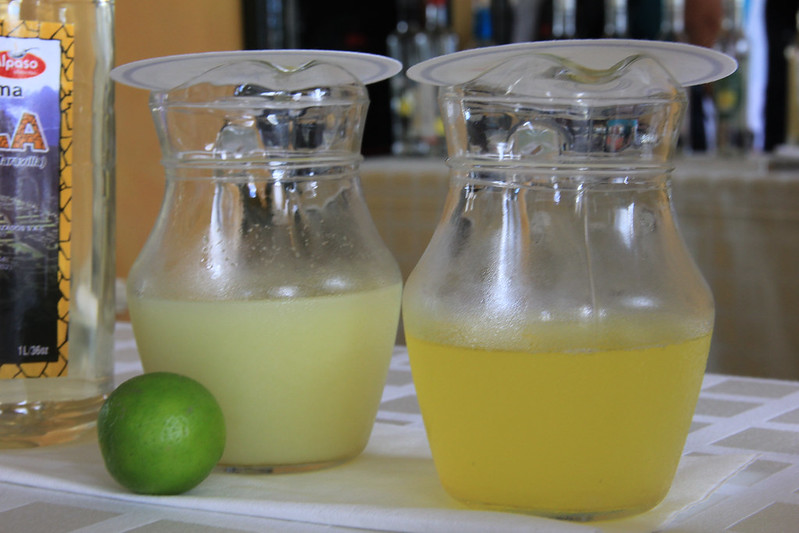
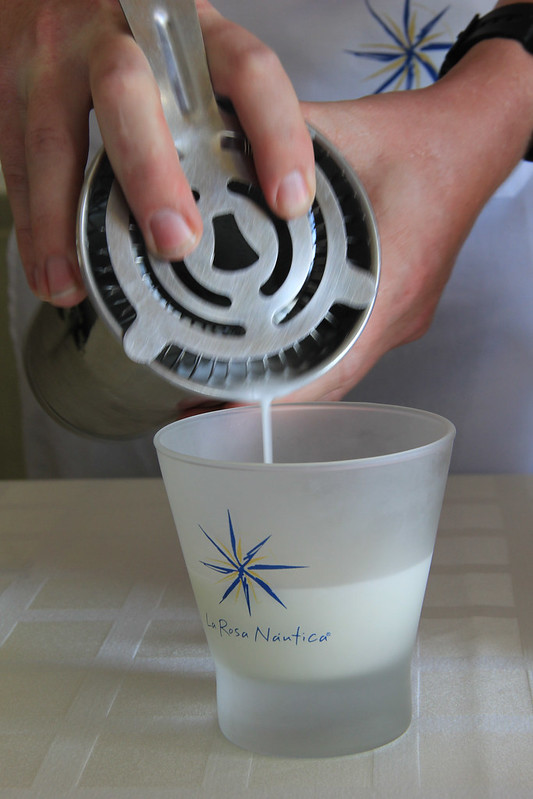

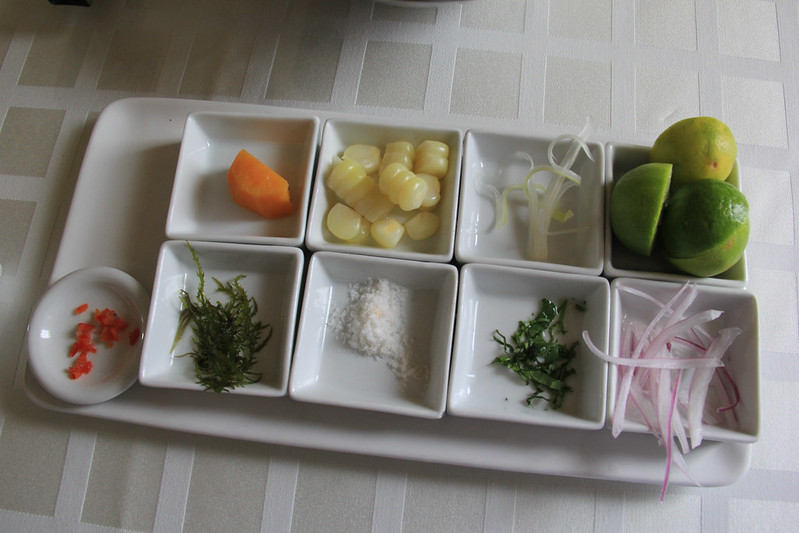






5 Comments
Kiara, This is the kind of post I just love, all about food and drink and I love both of these. Yum!
Sounds like the perfect day to me. I love going to markets and checking out all the interesting and different fruits and veggies. I’ve never even heard of a chirimoya – it’s so cool looking! What does it taste like?
Its common name is a custard apple, but I think it should be called a custard pear because I think it tastes like a cross between a pear and custard!
This looks just wonderful! I took a cookery class in Vietnam and loved learning about how to make local ingredients. I also love food markets and learning about cuisines of the places I’m travelling to so this is just the kind of thing I would love! I hear so much about Lima as a foodie destination – would love to go one day!
A cooking class in Vietnam must have been amazing, I love the Vietnamese cuisine 🙂